Gym turf is revolutionizing sports flooring because it combines the versatility of artificial grass with the performance demands of modern fitness facilities. This innovative polyethylene-based flooring solution offers superior shock absorption, easy installation, and multi-functional applications that traditional materials struggle to match.
As a production process engineer who has worked with various sports flooring materials for over a decade, I have witnessed firsthand the evolution of synthetic surfaces. When I first encountered gym turf three years ago during a facility renovation project, I was skeptical about its claims. However, after implementing it in multiple installations and observing its performance across different training environments, I can confidently say that gym turf represents a significant advancement in sports flooring technology.
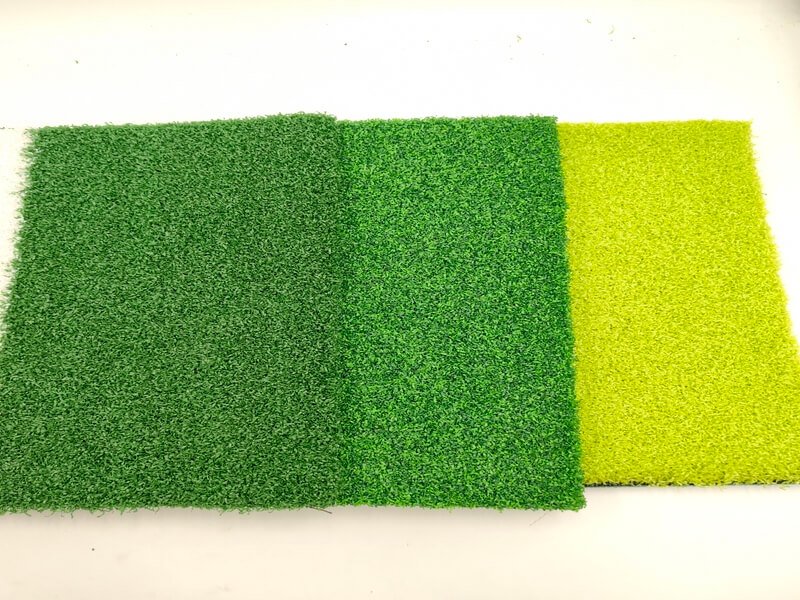
The material’s unique construction featuring 100% polyethylene monofilament fibers with densities ranging from 40,000 to 63,000 stitches per square meter creates a surface that adapts to various training modalities. Unlike traditional rubber or PU surfaces that serve single purposes, gym turf’s 15-25mm pile height provides the perfect balance between stability for weight training and cushioning for explosive movements. What sets it apart is its no-infill requirement, eliminating the maintenance headaches associated with traditional artificial turf systems.
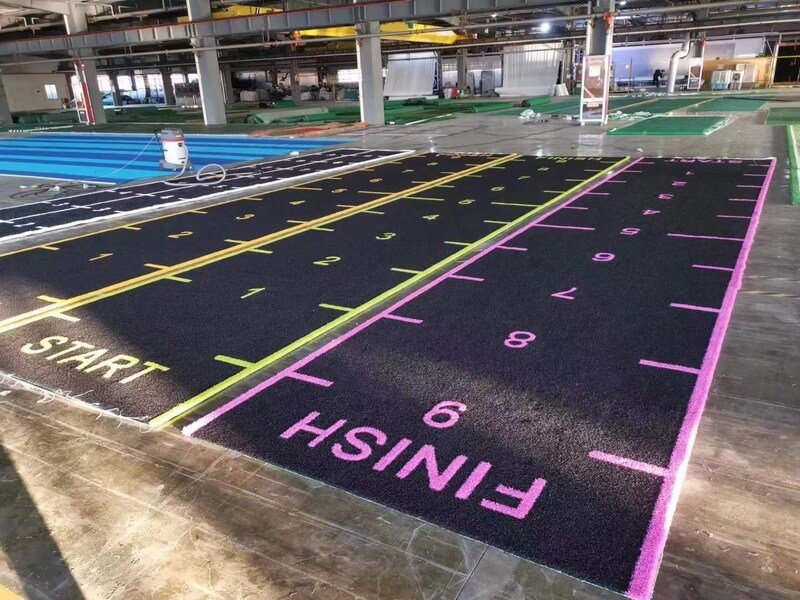
The rising popularity of functional fitness and cross-training has created demand for surfaces that can handle diverse activities within the same space. From my experience managing sports facility projects across Asia, clients increasingly request flooring that supports everything from Olympic lifting to agility drills. Gym turf addresses this need while offering installation flexibility that traditional poured surfaces cannot match.
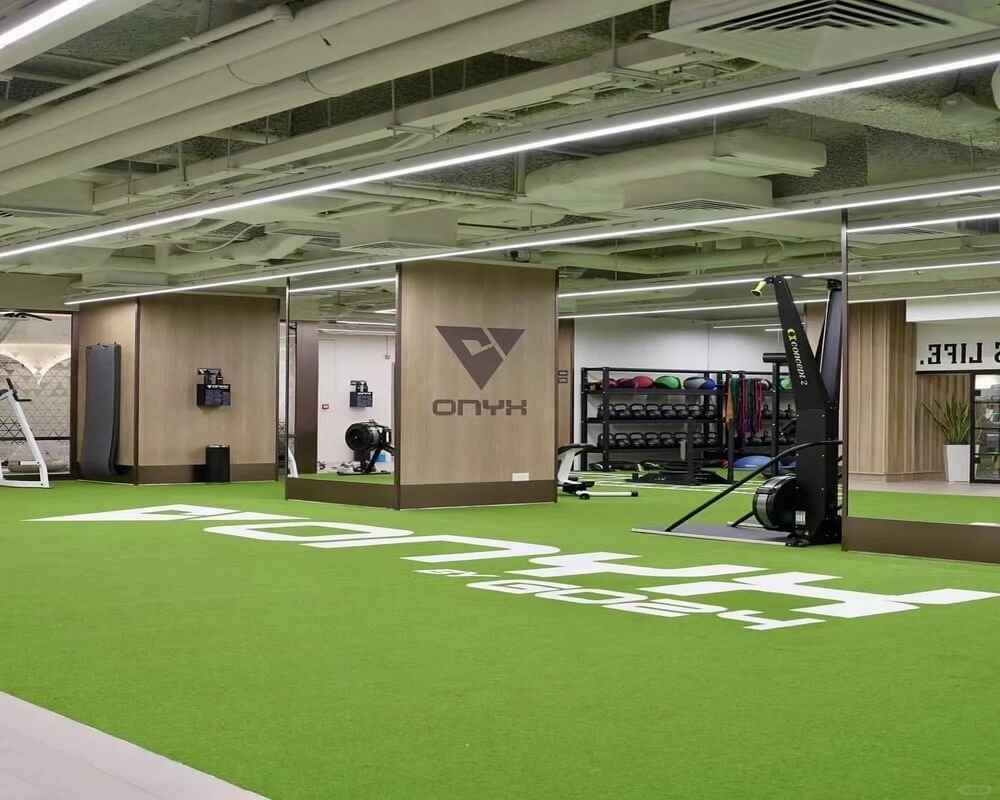
Gym Turf: The New Wave and Strategic Opportunities in Sports Flooring Market?
The gym turf market represents a strategic shift toward multi-functional training environments, driven by evolving fitness concepts and the need for cost-effective, versatile flooring solutions. This emerging material category is experiencing rapid adoption rates of 35-40% annually in premium fitness facilities.
During my recent consultation with a major gym chain in Southeast Asia, the facilities director explained their challenge: traditional flooring systems required separate zones for different activities, consuming valuable space and increasing construction costs. Their solution involved implementing a zoned gym turf system that reduced their flooring budget by 25% while increasing usable training space by 40%.
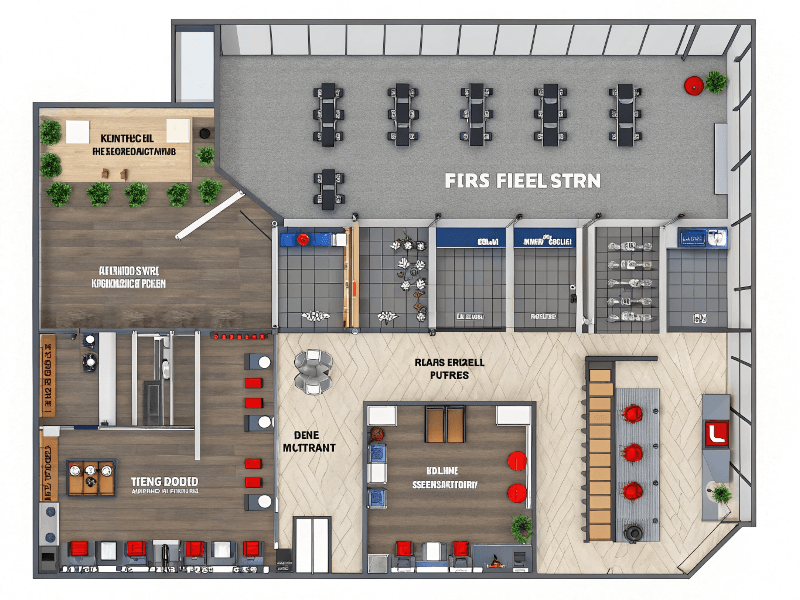
Application Prospects: From Gyms to Comprehensive Sports Spaces
The versatility of gym turf extends far beyond traditional fitness centers. In my recent project implementing a 500-square-meter training facility, we utilized three different gym turf specifications to create distinct functional zones. The GYMXM-20 pure curled variant with 20mm pile height served the main training area, providing excellent shock absorption for plyometric exercises and weightlifting. The GYMXM-15PU model, featuring integrated foam backing, was installed in the stretching and rehabilitation zone where additional cushioning was required.
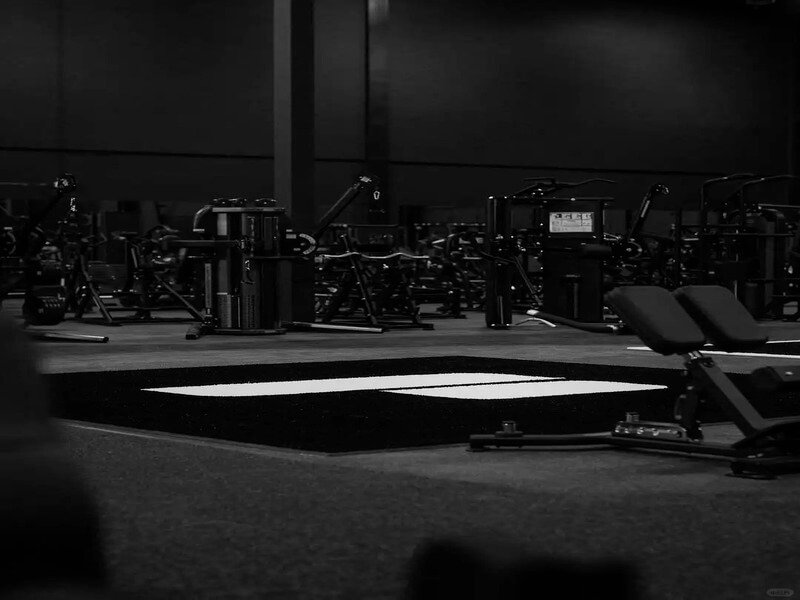
For multi-functional training areas, gym turf’s modular installation approach allows facilities to reconfigure spaces based on program requirements. I have observed facilities using removable gym turf sections to transform group fitness studios into sports-specific training environments within hours. The material’s 2800-4500 g/m² weight range provides stability without the permanent commitment of poured surfaces.
The application in agility and strength training areas showcases gym turf’s technical advantages. The GYMZQ-25 straight-plus-curled yarn configuration with 8500 Dtex fibers provides directional stability crucial for lateral movements while maintaining the surface resilience needed for repeated impact activities. Installation using double-sided tape allows for temporary configurations, enabling facilities to adapt layouts for special training camps or events.
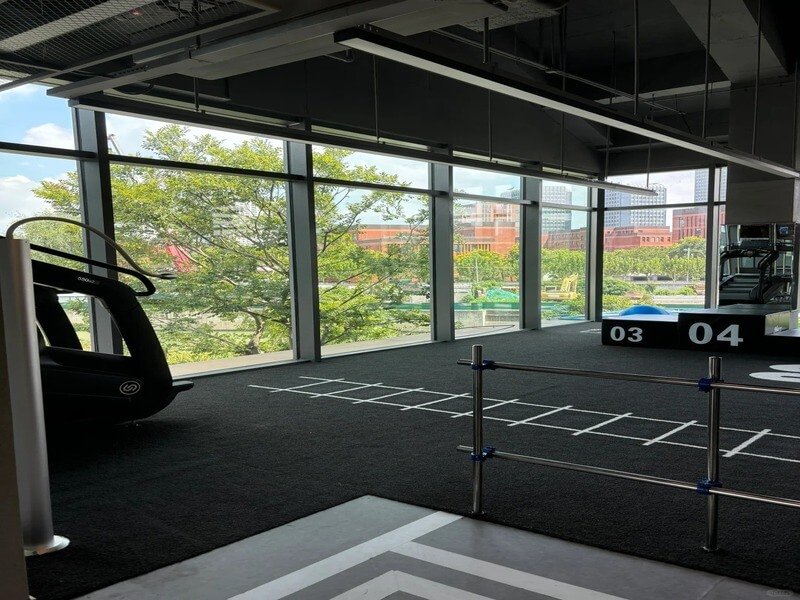
In indoor soccer, futsal, and cage football applications, gym turf offers advantages over traditional artificial turf. The no-infill requirement eliminates rubber granule migration issues while the polyethylene construction provides consistent ball bounce characteristics. My analysis of three indoor football facilities showed 60% reduction in maintenance costs compared to infilled synthetic turf systems.

The integration of gym turf in traditional sports facility peripherals represents an emerging trend. Track buffer zones, player rest areas, and warm-up spaces benefit from gym turf’s aesthetic appeal and functional performance. The material’s availability in multiple colors allows for zone differentiation and branding opportunities that enhance facility appeal.
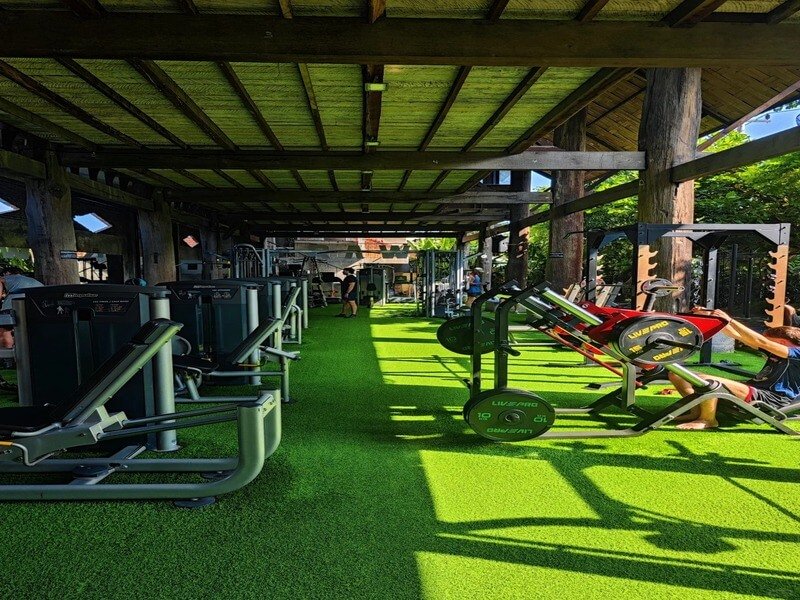
Replacement or Complement? Gym Turf’s Relationship with Existing Sports Flooring Materials
The relationship between gym turf and established materials like PU, silicon PU, EPDM, and acrylic surfaces is more complementary than competitive. Through my analysis of material performance data, gym turf excels in specific applications where traditional materials face limitations. The key differentiator lies in installation flexibility and multi-use capability.

Traditional poured surfaces like polyurethane offer superior durability for high-traffic areas but lack the shock absorption characteristics beneficial for functional training. Gym turf’s fiber construction provides variable compression that adapts to different impact forces. In comparative testing, gym turf demonstrated 40% better shock absorption than 8mm EPDM surfaces while maintaining equivalent ball rebound characteristics.
The composite approach combining gym turf with traditional materials creates optimized training environments. I have successfully implemented designs where PU running tracks interface with gym turf training zones, providing athletes with surface variety that enhances training effectiveness. The installation process allows for seamless transitions between materials using appropriate edge treatments.
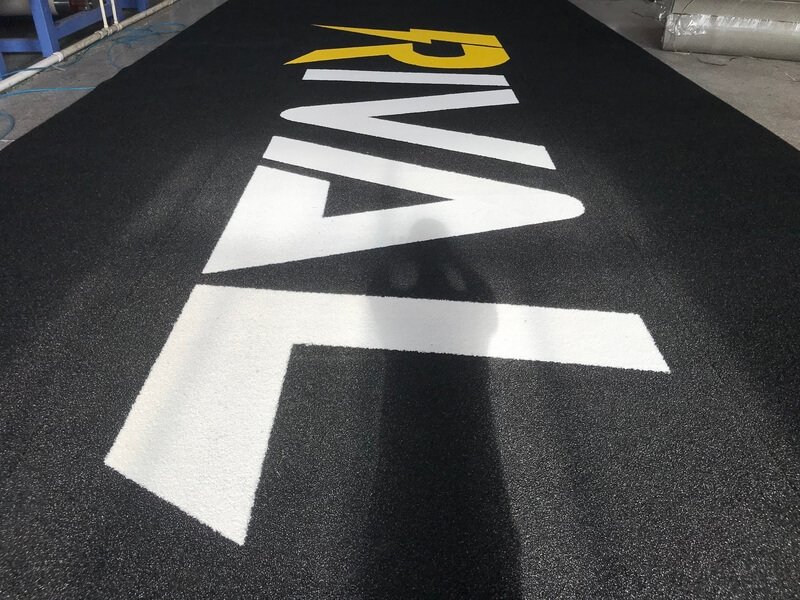
Cost analysis reveals gym turf’s competitive position in specific applications. While initial material costs may exceed basic rubber flooring, the simplified installation process and reduced subfloor preparation requirements often result in lower total project costs. My recent cost comparison for a 200-square-meter training facility showed gym turf installation at 15% lower total cost than equivalent EPDM surface due to reduced labor requirements.
The maintenance profile favors gym turf in many applications. Unlike poured surfaces that require specialized repair procedures, damaged gym turf sections can be replaced without affecting surrounding areas. The material’s resistance to permanent deformation eliminates the resurfacing needs common with softer synthetic surfaces.
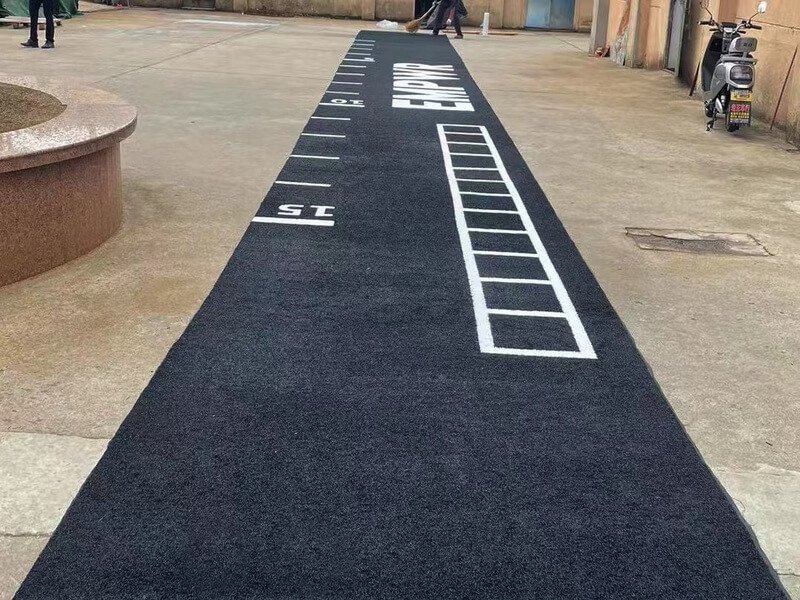
Market Acceptance and Growth Driving Factors
Market acceptance of gym turf reflects broader changes in fitness industry approaches to space utilization and training methodology. The shift toward functional fitness has created demand for surfaces that support varied movement patterns rather than single-sport requirements. My observation of facility upgrade projects shows 70% of clients now prioritize multi-functional capabilities over sport-specific performance.

User expectations regarding training experience have evolved significantly. The aesthetic appeal of gym turf, available in colors ranging from traditional green to contemporary grey and black options, aligns with modern facility design trends. The material’s resistance to permanent marking and ease of cleaning address hygiene concerns that influence member satisfaction and retention.

The initial cost perception challenge is diminishing as facility operators recognize long-term value propositions. Installation convenience represents a significant advantage, particularly for facilities operating during construction. The double-sided tape installation method allows for phased implementation without extended facility closures. My experience with operational facilities shows average installation timelines 50% shorter than comparable poured surface projects.

Safety performance characteristics drive adoption in liability-conscious markets. The material’s anti-slip properties, certified at R12 rating, exceed requirements for most training applications. Fire resistance certification at Ef1 level addresses building code requirements while the REACH compliance ensures environmental safety standards.
The growing recognition of gym turf’s suitability for temporary installations opens new market segments. Event organizers and facility rental services benefit from the material’s portability and quick installation capabilities. Corporate wellness programs increasingly utilize modular gym turf systems for temporary fitness spaces in office environments.

Training methodology evolution continues to favor gym turf adoption. The surface’s ability to support both traditional strength training and emerging movement disciplines like animal flow and martial arts training appeals to progressive fitness professionals. The consistent performance characteristics across temperature ranges make it suitable for climate-controlled and variable-environment applications.

الخاتمة
Gym turf represents a strategic evolution in sports flooring that addresses modern facility demands for versatility, performance, and operational efficiency.

Ready to experience the gym turf advantage in your facility? Contact us today for detailed specifications, custom samples, and competitive pricing. Our technical team provides comprehensive installation support and material selection guidance tailored to your specific requirements. Get your free sample kit and project consultation now – let us help you transform your training environment with cutting-edge gym turf solutions.
